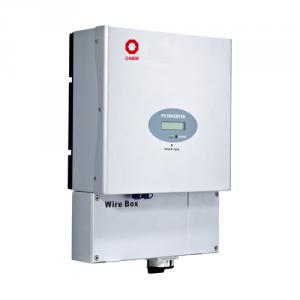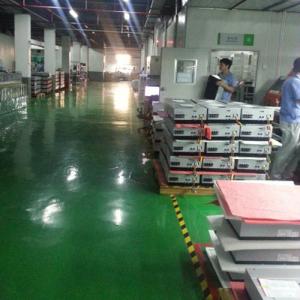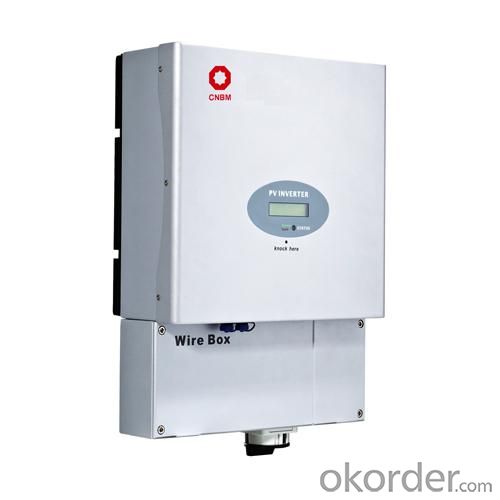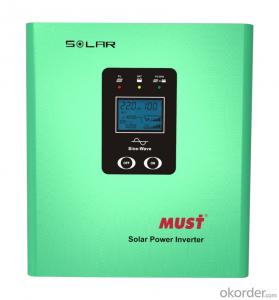Deye Grid Connected Solar Inverter
- Loading Port:
- Shenzhen
- Payment Terms:
- TT or LC
- Min Order Qty:
- 1 unit pc
- Supply Capability:
- 5000Units/per month pc/month
OKorder Service Pledge
OKorder Financial Service
You Might Also Like
Grid Connected U.S. Solar Inverter 2MPPT 5000W
CNBM International Corporation (CNBM International) is the most important trading platform of CNBM Group Corporation, a state-owned company under the direct supervision of State-owned Assets Supervision and Administration Commission of the State Council.
With a R&D team more than 100 engineers,40% of the staff, who has been deeply engaged in the photovoltaic industry for 10 years, CNBM takes the mission to increase the inverter availability and efficiency, putting continuous innovation to make CNBM inverter easier for installation and operation, and more cost-effective for solar plant construction. The full range of CNBM single phase inverters has received VDE, CE, G83/1, G59/2, ENEL2010, VDE4105, C10/C11, AS4777 etc.
Maximum efficiency of 97.8% and wide input voltage range, Internal DCswitch,MTL-String, Sound control,Bluetooth/RF technology /Wi-FiTransformerless,GT topology
The Grid Connected Solar Inverter we can offer is 1.5kw to 20kw.
Introduction of Grid Connected U.S. Solar Inverter 2MPPT 5000W
Maximum efficiency of 97.5% and wide input voltage range
Integrated DC switch-disconnected
MTL-String
Sound control
Bluetooth/RF technology /Wi-Fi
Transformerless GT topology
5 years warranty (10 years as optional)
Datasheet of Grid Connected U.S. Solar Inverter 2MPPT 5000W
Model | CNBM-3600MTL-US | CNBM-4200MTL-US | CNBM-5000MTL-US |
Input data | |||
Max. DC power | 3800W | 4400W | 5200W |
Max. DC voltage | 600V | 600V | 600V |
Start voltage | 150V | 150V | 150V |
PV voltage range | 100V-600V | 100V-600V | 100V-600V |
Number of MPP trackers/strings per MPP tracker | 2/2 | 2/2 | 2/2 |
Max. input current of the MPP tracker | 12A | 15A | 15A |
Output data | |||
Nominal AC output power | 3600W | 4200W | 4600W |
Max. output current | 18/17.1A/14.8A | 21A/20A/17.2A | 22A/23.7A/20.5A |
AC nominal voltage; range | Default:240V single phase optional:208,240or277 single phase 183-228@208V 211-264V@240V 244-305@277V | ||
AC grid frequency; range | 60Hz;59.3-60.5Hz | 60Hz;59.3-60.5Hz | 60Hz;59.3-60.5Hz |
Phase shift (cosφ) | 1 | 1 | 1 |
THDI | <3% | <3% | <3% |
AC connection | Single phase | Single phase | Single phase |
Efficiency | |||
Max. efficiency | 98% | 98% | 98% |
CEC efficiency | 97% | 97% | 97% |
MPPT efficiency | 99.5% | 99.5% | 99.5% |
Protection devices | |||
Output overvoltage protection-varistor | yes | yes | yes |
Ground fault monitoring | yes | yes | yes |
Grid monitoring | yes | yes | yes |
General Data | |||
Dimensions (W / H / D) in mm | 360/650/188 | 360/650/188 | 360/650/188 |
Weight | 28.3KG | 28.3KG | 28.3KG |
Operating temperature range | -25...+60°C | -25...+60°C | -25...+60°C |
Altitude | Up to 2000m(6560ft) without power derating | ||
Relative humidity | 95% | ||
Consumption: operating(standby) / night | <5W / < 0.5 W | <5W / < 0.5 W | <5 W / < 0.5 W |
Topology | Transformerless | ||
Cooling concept | Natural | Natural | Natural |
Enclosure | Type 3R | Type 3R | Type 3R |
Features | |||
DC connection: | Screw terminal | Screw terminal | Screw terminal |
AC connection: | Screw terminal | Screw terminal | Screw terminal |
display | LCD | LCD | LCD |
Interfaces: RS485/RS232/Bluetooth/RF/Zigbee | yes/yes/opt/opt/opt | ||
Warranty: 10 years / 15 years | yes /opt | yes /opt | yes /opt |
Certificates and approvals | UL1741,UL1998 IEEE 1547, CSA C22.2 No.107.1-1,FCC Part15(Class A&B) | ||
Picture 1: Factory of Grid Connected U.S. Solar Inverter 2MPPT 5000W
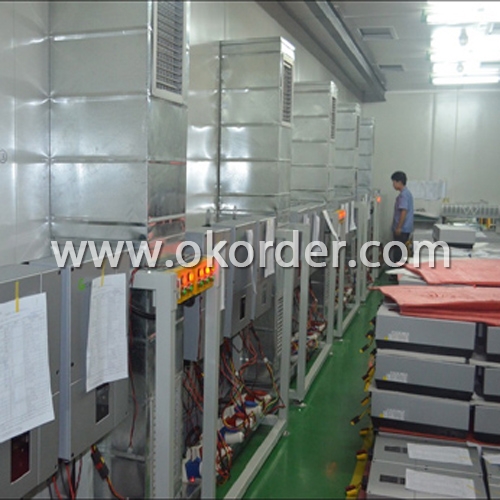
Picture 2: Package of Grid Connected U.S. Solar Inverter 2MPPT 5000W
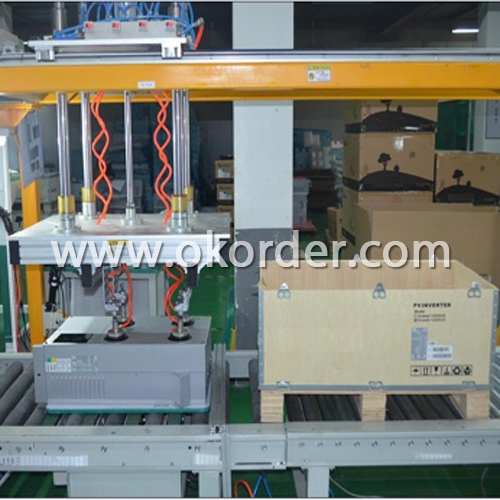
- Q: What is the impact of temperature on the performance of a solar inverter?
- Temperature has a significant impact on the performance of a solar inverter. As temperature increases, the efficiency of the inverter tends to decrease. This is primarily due to the fact that high temperatures can lead to increased resistive losses within the inverter's components, resulting in reduced overall efficiency. Additionally, excessive heat can cause the inverter to experience thermal stress, leading to potential malfunctions or even failures. Therefore, it is crucial to consider temperature management and cooling measures to optimize the performance and lifespan of a solar inverter.
- Q: Can a solar inverter be used in a mobile or RV application?
- Yes, a solar inverter can be used in a mobile or RV application. A solar inverter is designed to convert the DC power generated by solar panels into AC power that can be used to power appliances and devices. In an RV or mobile application, a solar inverter can help convert the solar energy into usable power for charging batteries, running appliances, and powering electronic devices on the go.
- Q: Can a solar inverter be used in a multi-string configuration?
- Yes, a solar inverter can be used in a multi-string configuration. In fact, many solar installations utilize multiple strings of solar panels connected to a single inverter. This allows for increased efficiency, flexibility, and the ability to harvest more energy from the sun.
- Q: Can a solar inverter be installed in a residential area?
- Yes, a solar inverter can be installed in a residential area. In fact, residential areas are one of the most common locations for solar power installations, including solar inverters. These inverters help convert the DC electricity generated by solar panels into AC electricity that can be used to power homes and other electrical devices.
- Q: How does a solar inverter handle voltage drop in long cable runs?
- A solar inverter handles voltage drop in long cable runs by compensating for the drop in voltage through a process called voltage regulation. It adjusts the output voltage to ensure that the required voltage level is maintained at the point of connection to the solar panels. This allows for efficient power transmission and ensures that the system operates optimally despite the voltage drop caused by long cable runs.
- Q: Can a solar inverter be used with different solar panel technologies?
- Yes, a solar inverter can be used with different solar panel technologies as long as the output voltage and current specifications of the panels are compatible with the inverter. However, it is important to ensure that the inverter is designed to work with the specific characteristics and voltage range of the solar panel technology being used for optimal performance and efficiency.
- Q: Can a solar inverter be used in three-phase systems?
- Yes, a solar inverter can be used in three-phase systems. In fact, there are specific three-phase solar inverters designed to convert the DC power generated by solar panels into AC power for utilization in three-phase electrical systems. These inverters are capable of efficiently managing the power flow and ensuring balanced distribution across all three phases.
- Q: How does a solar inverter handle reactive power?
- A solar inverter handles reactive power by using power factor correction techniques. It actively manages the flow of reactive power between the solar panels and the grid, ensuring that the power factor remains close to unity. This helps to optimize the efficiency and performance of the solar system, while also maintaining the stability of the grid.
- Q: Can a solar inverter be used in regions with high altitude conditions?
- Yes, a solar inverter can be used in regions with high altitude conditions. However, it is important to consider the specific requirements and limitations of the particular solar inverter model being used. High altitude conditions may affect the performance and efficiency of the inverter, as factors like lower air density and temperature can impact its cooling capacity. Therefore, it is crucial to select a solar inverter that is specifically designed and tested for high altitude operations to ensure optimal performance and reliability.
- Q: What is the role of a power control unit in a solar inverter?
- The role of a power control unit in a solar inverter is to regulate and control the flow of electricity from the solar panels to the electrical grid or to power various appliances. It ensures that the generated solar energy is converted efficiently and safely, and provides protection against overvoltage, overcurrent, and other electrical issues. Additionally, the power control unit may also include features like maximum power point tracking (MPPT) to optimize the system's energy output.
Send your message to us
Deye Grid Connected Solar Inverter
- Loading Port:
- Shenzhen
- Payment Terms:
- TT or LC
- Min Order Qty:
- 1 unit pc
- Supply Capability:
- 5000Units/per month pc/month
OKorder Service Pledge
OKorder Financial Service
Similar products
Hot products
Hot Searches
Related keywords

